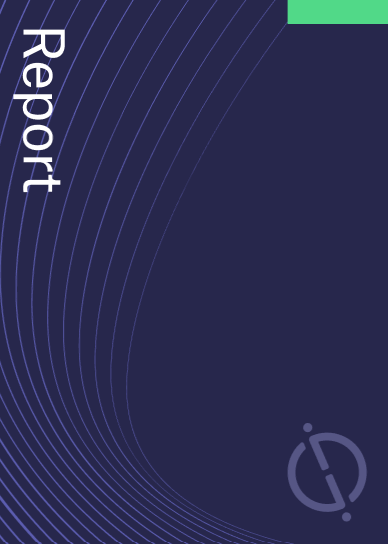ImmunoGen. has filed a patent for a method of treating hematologic malignancies using an anti-CD123 immunoconjugate. The immunoconjugate, administered at a specific dose range, comprises an anti-CD123 antibody linked to a cytotoxic DNA alkylating agent. The patent also specifies the amino acid sequences of the antibody’s variable regions. GlobalData’s report on ImmunoGen gives a 360-degree view of the company including its patenting strategy. Buy the report here.

Discover B2B Marketing That Performs
Combine business intelligence and editorial excellence to reach engaged professionals across 36 leading media platforms.
According to GlobalData’s company profile on ImmunoGen, Nanoparticle drug conjugates was a key innovation area identified from patents. ImmunoGen's grant share as of September 2023 was 45%. Grant share is based on the ratio of number of grants to total number of patents.
Method for treating hematologic malignancy using anti-cd123 immunoconjugate
A recently filed patent (Publication Number: US20230312735A1) describes a method for treating hematologic malignancies in human subjects. The method involves administering an anti-CD123 immunoconjugate to the subject. The immunoconjugate consists of an anti-CD123 antibody or antigen-binding fragment linked to a cytotoxic DNA alkylating agent. The immunoconjugate is administered at a dose ranging from about 0.045 mg/kg to less than 0.3 mg/kg. The antibody or antigen-binding fragment in the immunoconjugate has specific amino acid sequences for the heavy chain variable region CDR1, CDR2, and CDR3, as well as the light chain variable region CDR1, CDR2, and CDR3. The method can be used to treat various hematologic malignancies, including acute myeloid leukemia (AML), myelodysplastic syndrome (MDS), B-cell acute lymphoblastic leukemia (B-ALL), chronic myeloid leukemia in blast crisis/phase (BP-CML), and blastic plasmacytoid dendritic cell neoplasm (BPDCN). The immunoconjugate can be administered once or multiple times in a 21-day cycle. The patent also mentions the use of a reduced dose of the immunoconjugate after dose-limiting toxicity occurs.
The patent also describes alternative methods for treating hematologic malignancies using the anti-CD123 immunoconjugate. These methods involve administering the immunoconjugate at doses ranging from about 0.015 mg/kg to about 0.09 mg/kg, either three times or twice in a 21-day cycle. The immunoconjugate can be used to treat hematologic malignancies such as acute lymphoblastic leukemia (ALL), including relapsed and/or refractory ALL. The method also includes detecting CD123 in a sample obtained from the hematologic malignancy prior to administration of the immunoconjugate. The patent further mentions the use of a reduced dose of the immunoconjugate after dose-limiting toxicity has occurred and has been reduced to baseline or =Grade 2. The anti-CD123 antibody or antigen-binding fragment in the immunoconjugate can have specific amino acid sequences for the VH and VL regions. The immunoconjugate can be administered intravenously and can be part of a pharmaceutical composition with specific structures.
Overall, this patent describes a method for treating hematologic malignancies using an anti-CD123 immunoconjugate. The method involves administering the immunoconjugate at specific doses and can be used to treat various types of hematologic malignancies, including relapsed and refractory cases. The patent also mentions the use of a reduced dose after dose-limiting toxicity and the detection of CD123 in the malignancy prior to treatment. The immunoconjugate can be administered intravenously and can be part of a pharmaceutical composition.
To know more about GlobalData’s detailed insights on ImmunoGen, buy the report here.
Data Insights
From

The gold standard of business intelligence.
Blending expert knowledge with cutting-edge technology, GlobalData’s unrivalled proprietary data will enable you to decode what’s happening in your market. You can make better informed decisions and gain a future-proof advantage over your competitors.




